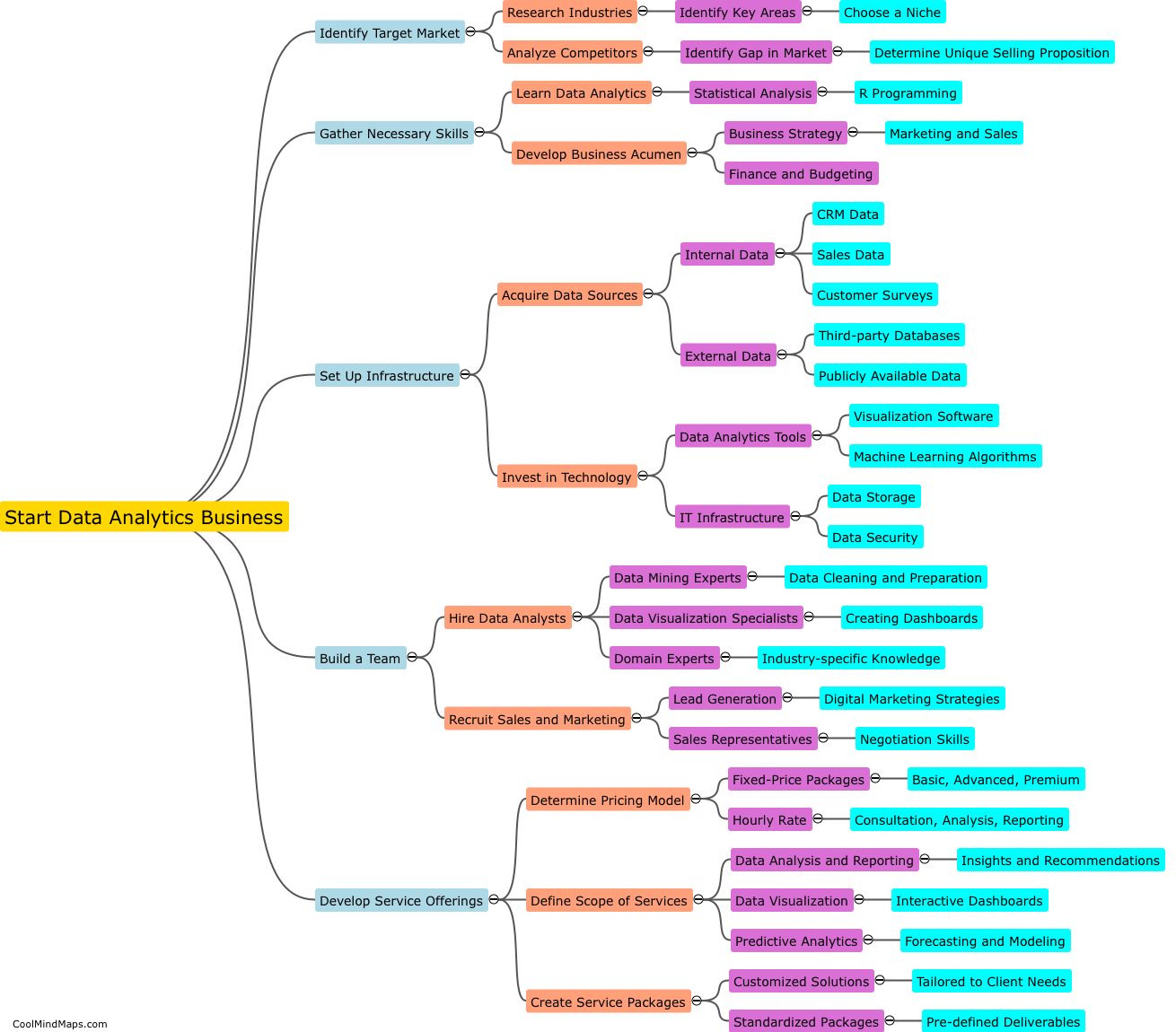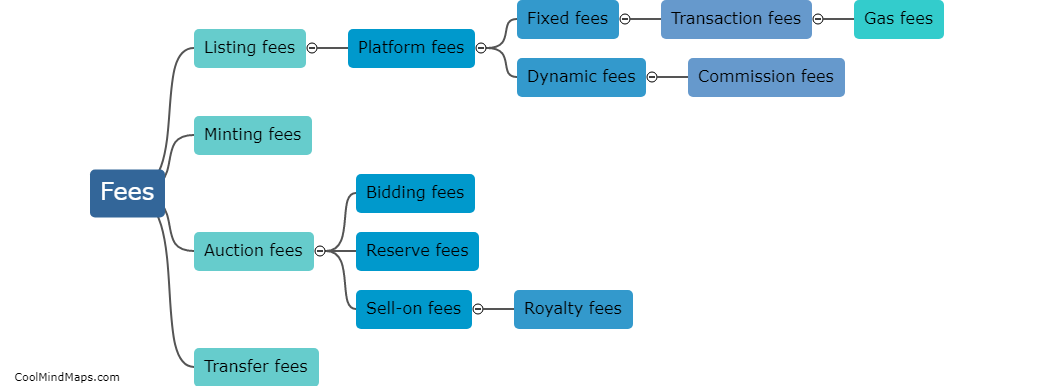What are the potential future developments in AI-controlled polygeneration?
AI-controlled polygeneration, which involves the simultaneous production of multiple forms of energy such as electricity, heat, and cooling, holds great promise for the future. As technology continues to advance, there are several potential developments that could revolutionize the field. Firstly, AI algorithms could become increasingly sophisticated, allowing for more precise optimization and control of polygeneration systems. This would enable higher energy efficiency and better integration with renewable energy sources. Secondly, machine learning could play a crucial role in predicting energy demand patterns, enhancing system planning, and enabling proactive adjustments. Additionally, the integration of AI-controlled polygeneration with smart grids and energy management systems could lead to a more optimized and reliable energy infrastructure. Lastly, the application of AI could contribute to the development of decentralized energy networks, enabling communities and individual users to generate, store, and distribute their own energy. Overall, the future developments in AI-controlled polygeneration hold significant potential to shape a more sustainable, efficient, and decentralized energy landscape.

This mind map was published on 17 October 2023 and has been viewed 106 times.











